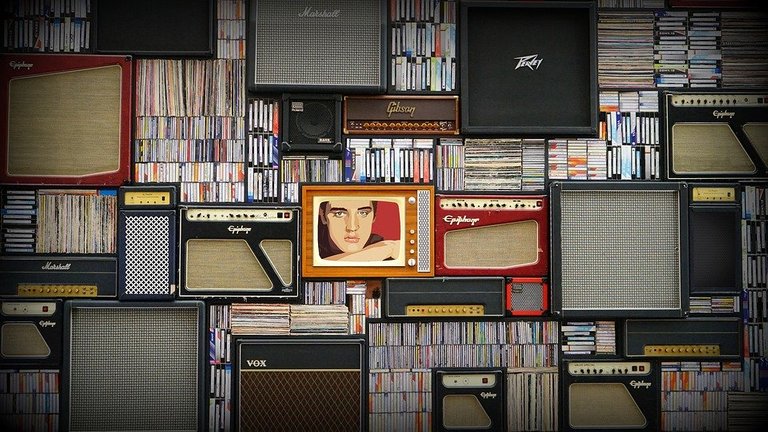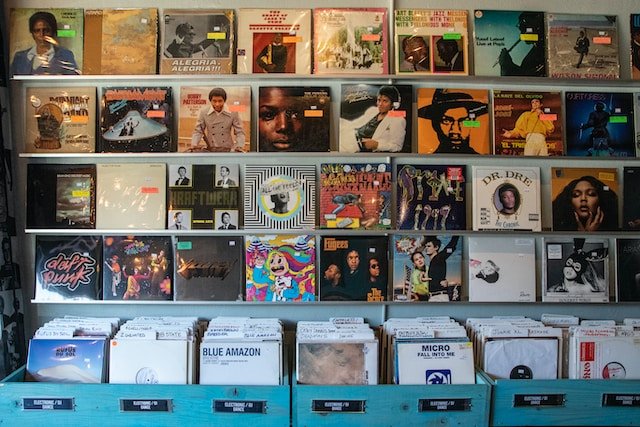Record Store Day
Record Store Day began being recognized in 2007. There has been a recent rebirth of record sales across the world, thanks to the reemergence of pressing plants to meet the demand of vinyl collectors’ and audiophiles’ hunger for its high fidelity sound quality.

Source: Pixabay
Storage of commercial music has come a long way to the modern formats that support digital streaming and downloads that hardly require machinery with moving parts. In the past, the first efforts to preserve music for posterity was via music notation, which allowed for an accurate way to replay music that could be read. Musical greats like Vivaldi, Beethoven, Mozart, Chopin and Bach never got to hear any playback of their symphonies.
The earliest known attempt of a recording was achieved by Edouard-Leon Scott who etched the sound waves of the song Au Clair de la Lune (By the light of the Moon) on paper in 1860. It was a human voice Phonautograph that couldn’t be played back.
Other notable dates in the record evolution were 1877, when Thomas Edison invented the first phonograph which could record and reproduce sound on a rotating tinfoil cylinder, replacing the wax record. In 1880’s, the gramophone emerged which could play the first commercial disk records invented by Eldridge Johnson (RCA Victor).
(YouTube)

Photo by Kevin Andre on Unsplash
In the start of the 20th century, The shellac phonograph 78 rpm record was in use. It was brittle and prone to shatter in spite of its hardness. The Flexidisk came into the scene in the 1930’s thanks to RCA Victor. In 1935, reel to reel tape players and recorders were launched by AEG. The tape was invented by Fritz Pfleumer in 1928.
In the 1940’s, most recordings were done live directly onto the disc, with the main challenge being fitting traditional folk songs to standard lengths as some would be much longer than what’s currently popular. It was the same period in which the 45 rpm and the 33 rpm records replaced the 78 rpm. The 45’s are singles (one song/track per side) and 33’s are the long play records (LP's).

Photo by Mick Haupt on Unsplash
In the 1950’s, stereophonic sound was introduced. It was closely followed by the tape cassette in 1963, which doesn’t disrupt the vinyl market until the 1980’s. In the mid 1960’s, the 8-track tape cartridge was also introduced. VHS came into the scene in 1976, the laser disc chasing close by in 1978, but doesn’t last. In 1982, the digital compact disk sneaked into the arena, probably made more popular by the influx of MP3 in 1991.
Nowadays, MP3’s have outlived the CD’s of yore and coexists with other high quality digital formats, mostly in the ‘cloud'.